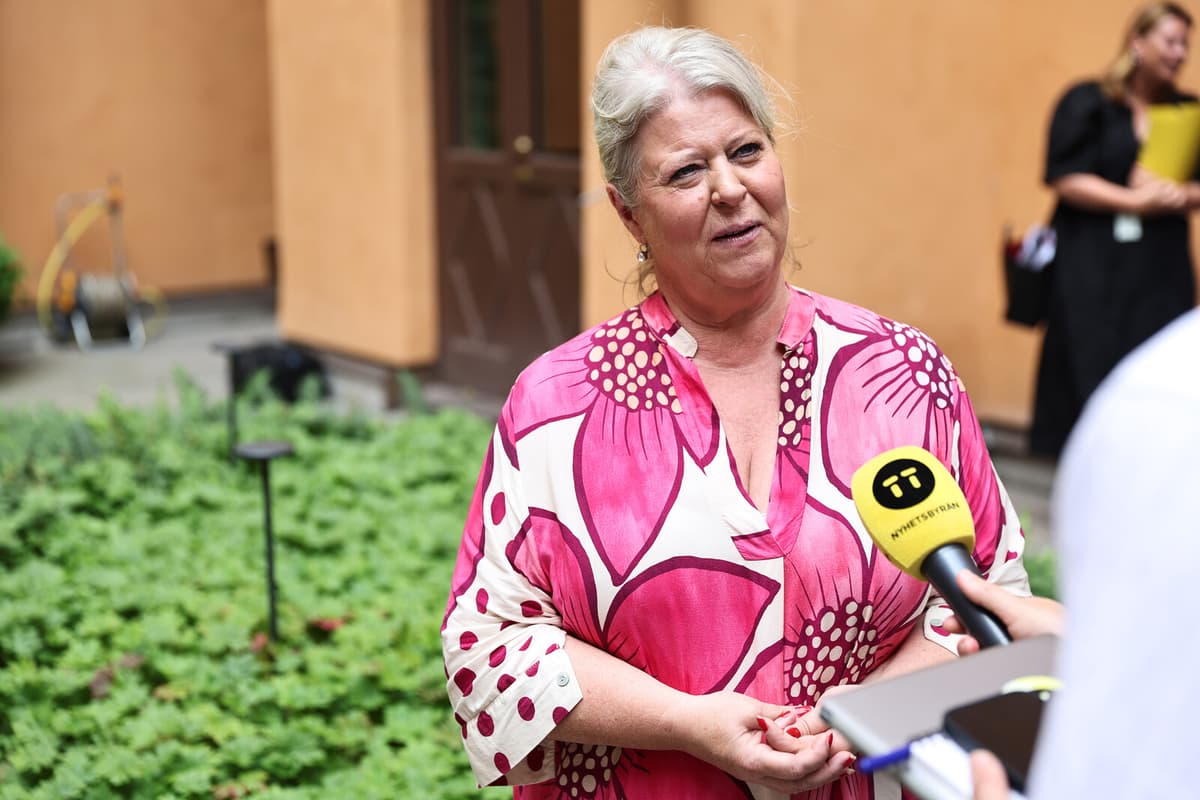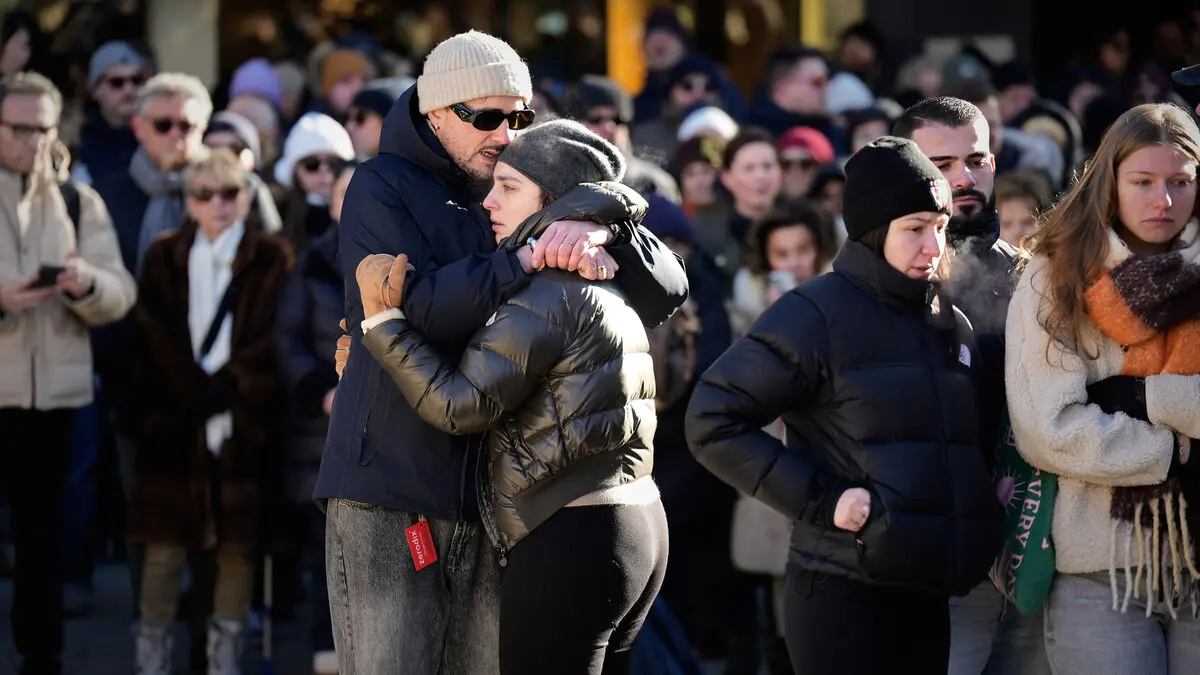Statistics for the first six months of the year show that escapes, threats and violence between young people and against staff continue to decrease at the National Board of Institutional Care's youth homes.
According to acting Director-General Anna Sandahl, this is partly due to new security assessments and more training in conflict management. She is supported by Magnus Nilsson, a member of the ST at Sis and chairman of the South section. He points out that the old way was more confrontational than today, where they now work with "affect-aware approach".
One gives the young person an opportunity to actually think. One takes a step back and gives them a little more space, it's clear that it has been beneficial. No question about it, he says.
More convicted young people
Escapes have decreased by 32 percent, where only one of the 65 cases concerns a convicted person. Threats and violence against staff have decreased by 28 percent, while the figure for violence between young people is 15 percent.
However, Magnus Nilsson sees a cause for concern in the fact that a record number of young people are placed in Sis homes after being sentenced to closed youth care, which P4 Göteborg has reported on. Usually, the figure is around 50 young people, now they are closer to 260. There is a risk that the other young people will be crowded out and not receive the treatment they need.
It may be that planned activities do not take place because they do not have staff, he says.
"Safer and more secure"
Minister for Social Services Camilla Waltersson Grönvall (The Moderate Party) instead emphasizes that the decreases are due to two new laws. Now, a mobile phone ban applies to all those sentenced to closed youth care and to some placed through the law on care of young people. Sis homes can also lock the young people's rooms when they sleep at night.
It is clear that the tools that the government has provided Sis with are really working. These are tools that have been needed for a long time and that Sis has also asked previous governments for.
It's basically about making community care safer and more secure, both for the young people who are placed there but also for the staff, she continues.





